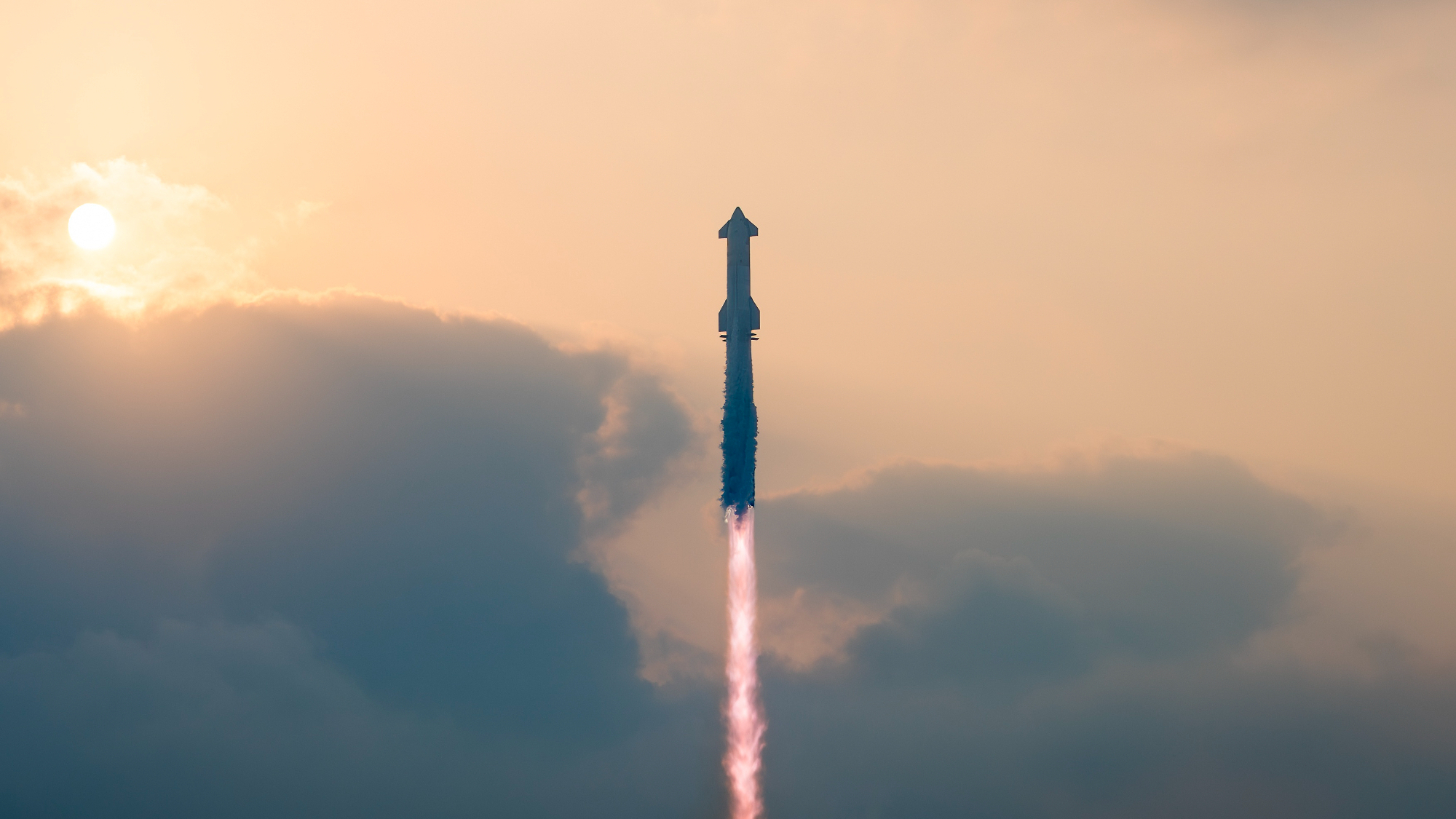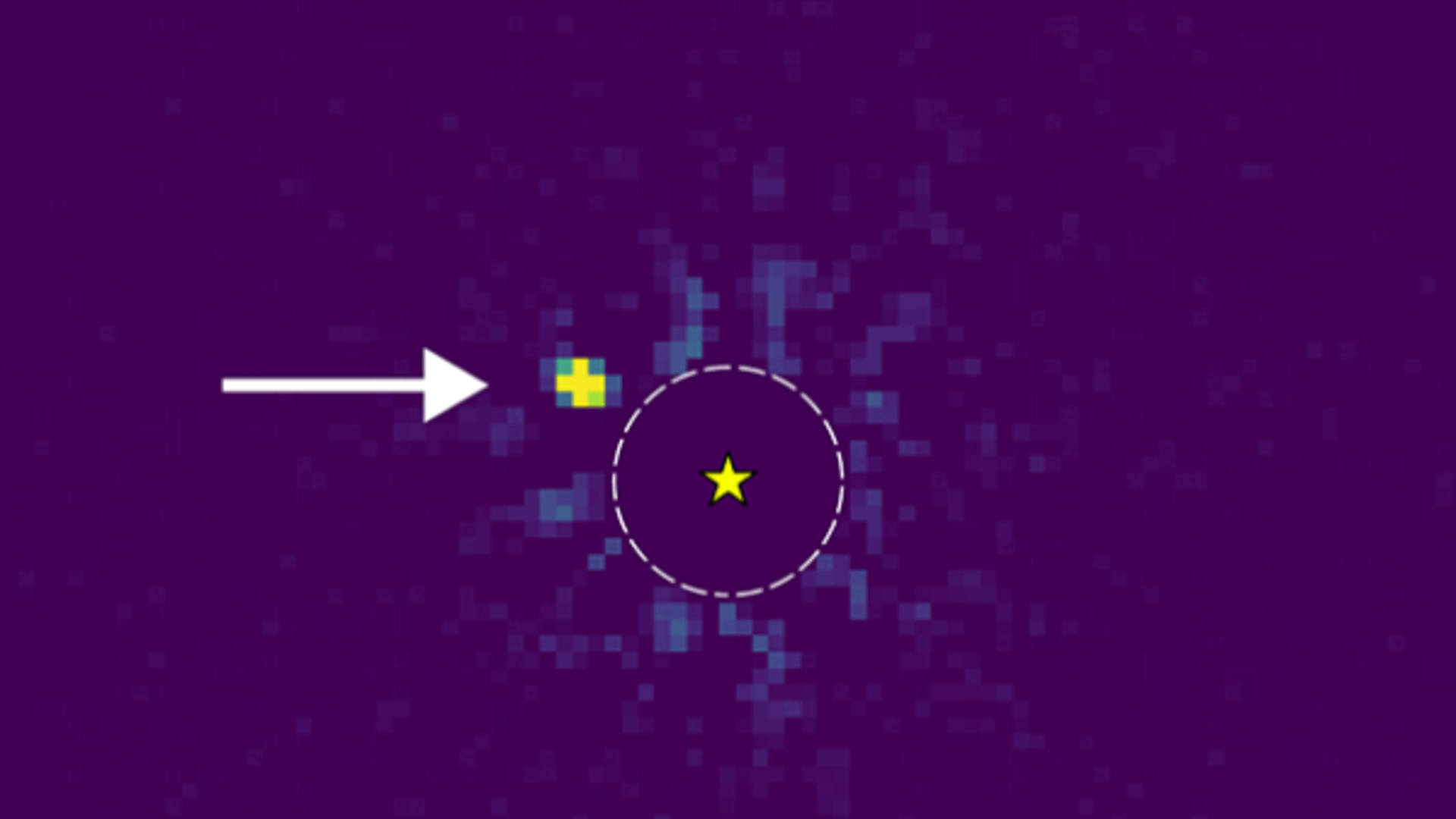Join the FAA's virtual public meeting about SpaceX's Starship this evening

The U.S. Federal Aviation Administration (FAA) is holding a virtual public meeting this evening (June 17) about the potential environmental impact of SpaceX's Starship operations in Florida, and you can participate online.
SpaceX wants to launch its giant Starship megarocket from Pad 39A at NASA's Kennedy Space Center (KSC) on Florida's Space Coast. The FAA announced recently that it plans to prepare an environmental impact statement (EIS) about these proposed operations, and this evening's meeting gives regular folks a chance to learn more and to weigh in.
The meeting will be held on June 17 from 6:00 p.m. to 8:00 p.m. EDT (2200 to 0000 GMT) via Zoom. You can find the link here.
SpaceX is developing the fully reusable, 400-foot-tall (122-meter-tall) Starship to help humanity settle the moon and Mars, as well as carry out a variety of other more prosaic spaceflight tasks.
The giant vehicle has launched on four test flights to date, most recently on June 6. All of these liftoffs have occurred from Starbase, SpaceX's site in South Texas, which is currently the center of Starship manufacturing and flight operations.
SpaceX intends to fly Starship very frequently in the near future, however, so the company wants to get multiple launch sites up and running. Pad 39A is a natural choice for SpaceX, given that the company already launches its Falcon 9 and Falcon Heavy rockets from the site.
Related: SpaceX's Starship 4th flight test looks epic in these stunning photos
Breaking space news, the latest updates on rocket launches, skywatching events and more!
The Pad 39A plan has been in the works for a while. In 2019, for example, a NASA-led environmental assessment (EA) concluded that Starship operations at KSC wouldn't significantly affect the Space Coast ecosystem.
But things have changed since then, the FAA has stressed. The plan examined by the 2019 EA envisioned about 24 Starship launches per year from Pad 39A, for instance, whereas SpaceX now plans to fly the huge rocket about 44 times per year from the site. So, the FAA decided to prepare an EIS, which is a more in-depth review than an EA.
This evening's virtual public meeting follows two in-person gatherings about the Pad 39A Starship plan, which were held on the Space Coast on June 12 and June 13.

Michael Wall is a Senior Space Writer with Space.com and joined the team in 2010. He primarily covers exoplanets, spaceflight and military space, but has been known to dabble in the space art beat. His book about the search for alien life, "Out There," was published on Nov. 13, 2018. Before becoming a science writer, Michael worked as a herpetologist and wildlife biologist. He has a Ph.D. in evolutionary biology from the University of Sydney, Australia, a bachelor's degree from the University of Arizona, and a graduate certificate in science writing from the University of California, Santa Cruz. To find out what his latest project is, you can follow Michael on Twitter.
